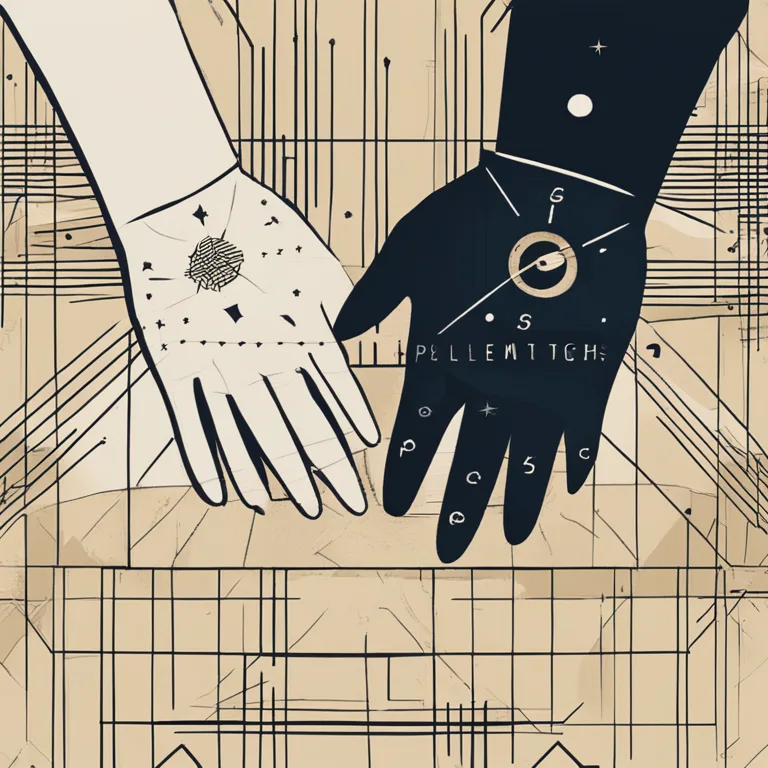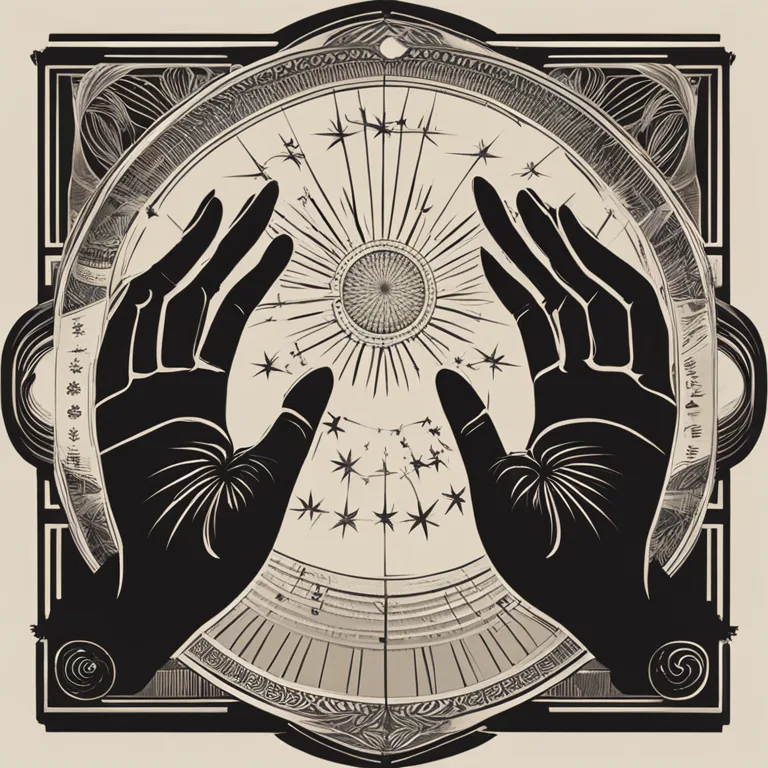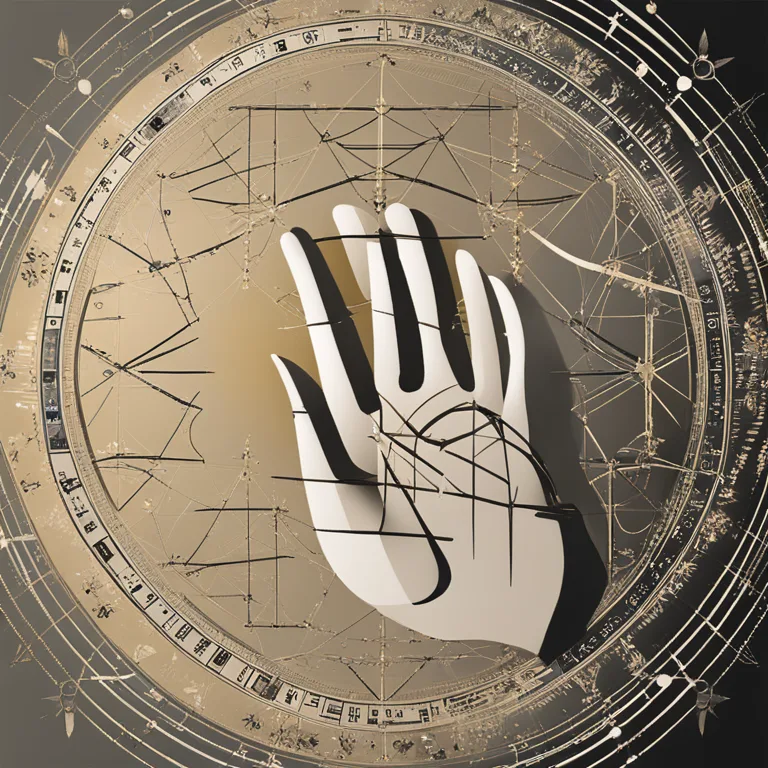
Palmistry & Its Role In Psychological Insight
Delve into the psychological aspects of palmistry and understand its potential influence on personality and behavior.
article by Nora Pennington
The Essence of Palmistry
Palmistry, also known as chiromancy, is the art of characterizing and foretelling the future through the study of the palm. This practice is rooted in various cultural traditions across the world, with a history spanning thousands of years. In modern times, its interplay with psychology is a topic of curiosity and debate among enthusiasts and skeptics alike. The core belief of palmistry is that the lines and features of the hands, supposedly influenced by the neural pathways and genetics, hold insights into an individual's personality traits, life choices, and even destiny.

Historical Context and Modern Perspective
Historically, palmistry has been intertwined with astrology and other esoteric systems, often regarded as a mystical practice with little empirical support. Yet, in contemporary society, there has been an intriguing shift, integrating psychological concepts into the interpretation of palm patterns. This does not imply that palmistry has scientific backing; rather, it suggests that some practitioners now approach it from a psychological angle, using it as a tool for reflection and self-examination rather than strict prediction.

Psychology Meets Palmistry
Though palmistry is not recognized as a legitimate science by the psychological community, it can serve as a form of narrative psychology. This branch deals with how humans create meaning through storytelling. In this light, the palm reading experience can be seen as a narrative tool where individuals construct personal stories that resonate with their everyday life and core identity, finding a sense of purpose and motivation through the readings.

Palmistry’s Therapeutic Potential
Some argue that palmistry could have therapeutic benefits when used ethically and with sensitivity, similar to art or narrative therapy. By sparking introspection and facilitating conversations about one's life story, palm readings may help some individuals gain clarity on their life patterns, cope with personal challenges, and foster self-awareness. It is crucial for practitioners to approach palmistry without making deterministic or categorical claims, focusing on its potential for prompting self-discovery and empowerment.

The Power of Belief in Palmistry
Belief systems play a significant role in the psychological impact of palmistry. The placebo effect, a well-documented phenomenon in psychology, can also apply here—individuals may experience real changes in their feelings or behavior if they believe in the efficacy of the palm reading. The principles of suggestibility and cognitive dissonance further explain how beliefs in palmistry might be reinforced through the experience, regardless of the empirical validity of the readings.
Critical Thinking and Palmistry
It's essential for consumers of palmistry to balance openness with critical thinking. While engaging with palmistry, they should be aware of the psychological factors at play, such as confirmation bias—the tendency to seek out information that confirms one's preexisting beliefs. In the pursuit of self-knowledge, individuals should weigh palmistry alongside other personal insights and avoid using it to replace professional psychological advice.
Published: 1/3/2024
Modified: 1/3/2024
More predictions
Come back here soon to learn more about yourself and your future


Palmistry vs. Astrology: Which Predicts You Better?
Delve into the fascinating realms of palmistry and astrology to determine which ancient practice offers more accurate insights into your life.


A Beginner's Guide to Palmistry
Discover the essentials of palm reading in this comprehensive guide, tailored for beginners keen on understanding the mysteries of palm lines and their meanings.